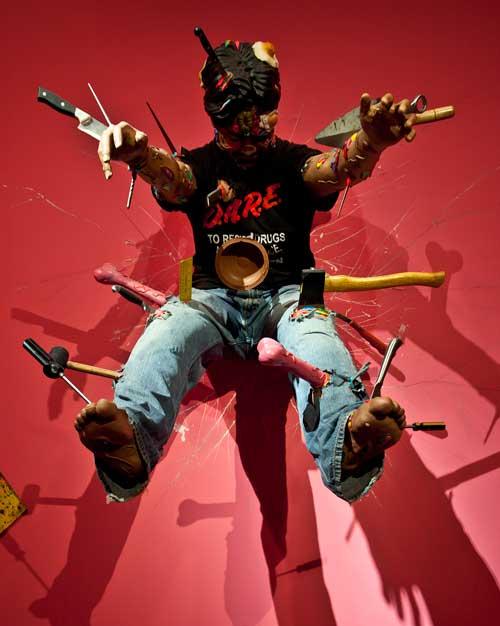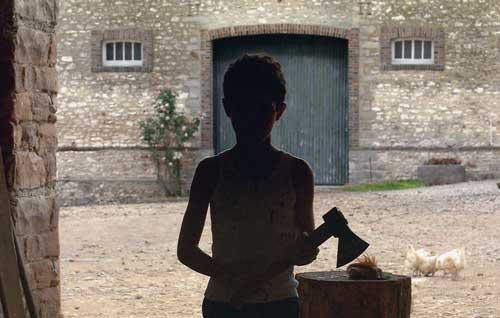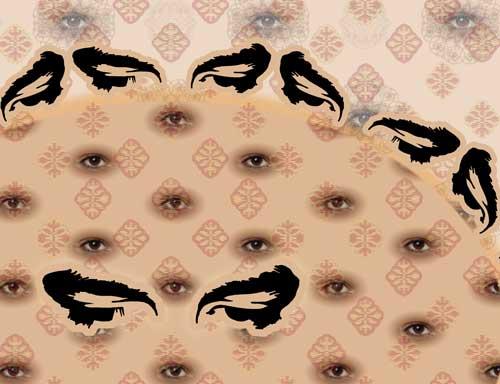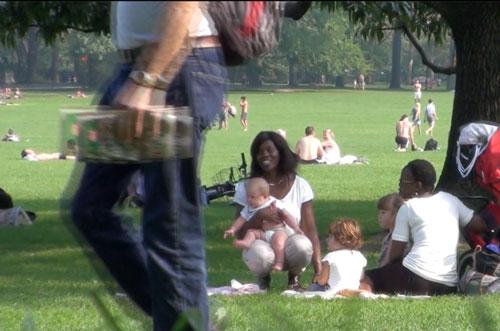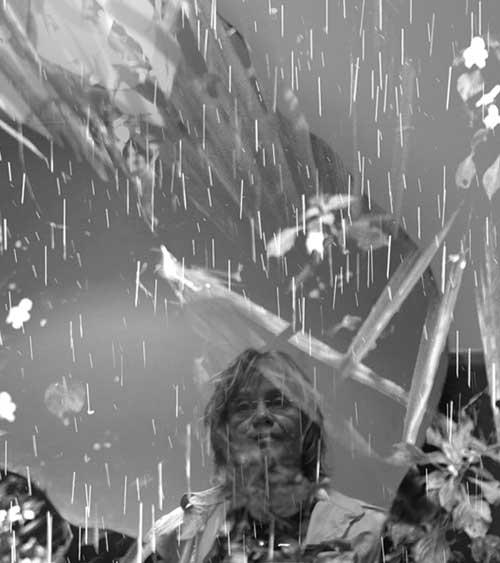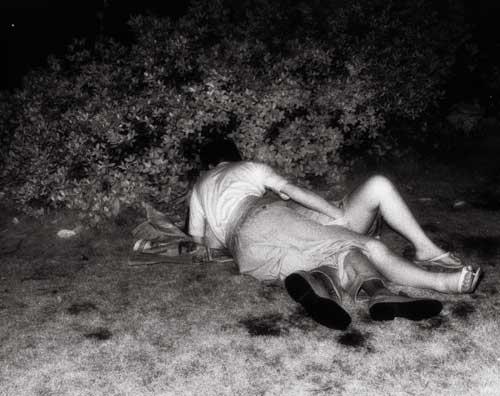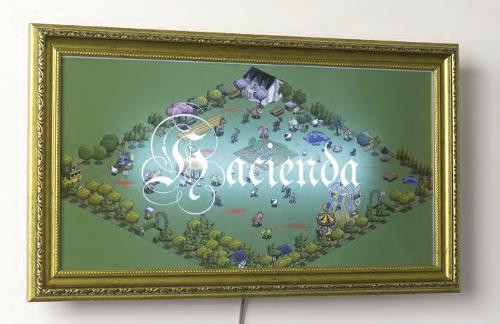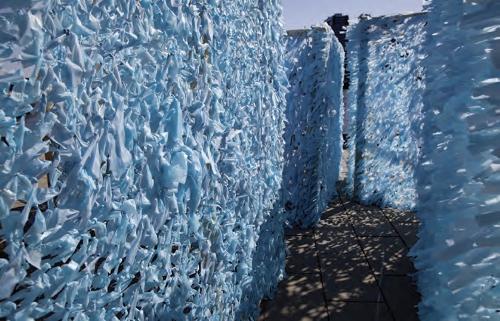.jpg)
In the catalogue for Imagining Interiors Dr Joy McIntee ‘illuminates’ the Gothic as a historically mobile (promiscuous) cluster of ‘negative’ effects. Trading in perversity, opposition, invasion it nominally echoes the destructive incursions of ancient Goth tribes throughout the Roman Empire and reverberates generically in threats to (formal, institutional or familial) containment, to order, to control; to all that is “civilised, tidy, organised, proportionate, or ‘Classical’”. She notes excess as the common stylistic trope linking the Gothic — light-filled arches of medieval cathedrals and the darker intrusions of anxiously repressed memories, fears and desires that permeate both historical and contemporary Gothic literature: re-playing the Burkean sublime, and antecedent, she claims, to most Gothic art.
Softly lit wall panels punctuate the darkened space of the large JamFactory Gallery explicating the singular and collaborative responses of invited artists and designers to an eclectic array of texts in the Gothic style. There is a strangely museal calm in the neatly labeled assemblage of these hybrid works: a comfortable containment of familiar gothic figures (light beams out of a door set in the floor, disembodied arms reach out of bed-heads, blue-skinned girls glance balefully from a canvas). Perhaps the darkened interior setting operates in subtle formal parody of the historical genre, which for McIntee oscillates between claustrophobic enclosure and the sickening (hysterical) pleasures of vicarious release. She suggests the exhibition constitutes a ‘re-imagining’ of the Gothic in the face of its contemporary ubiquity: an exploration of ‘how it can operate in the light’.
Wendy Walker’s curation presents a group of works predicating “whiteness as a site of Gothic unease”. The subtle and recurring use of ‘whiteness’ is quietly compelling in the enveloping darkness ... a delicious play of light and shadow dances across Jessica O’Loughlin’s blank opalescent sheet of wall-mounted white glass; a stained off-white, implacably grotesque fabricated molar blithely engulfs an antique domestic chair (Julia Robinson’s response to a literary male fetish for “his poor wife’s pearly whites”); a painterly white wall encroaches from the background of Mary-Jean Richardson’s Hester’s Dream, mirroring the inverse receding spatial illusion of the fret-work on Khai Liew’s May a pale bleached timber high-backed chair, featured in the painting and placed in front of it; white noise in Sean O’Connell’s audio work is invaded periodically by head-filling, heart-stopping booming, blooming collisions; allusions to the ‘whiteness’ of colonial occupation also bloom within Sera Waters collaboration with Kirsten Coelho The silence surging softly backwards. Coelho’s white thrown vessels, redolent of the Japanese-inspired British tradition, break at the rim with creeping ‘rust’ (resonant of stained enamel cups; the sharp weathering of corrugated iron) are alongside on a dark-wood tabletop Waters’ casually tossed white fabric, embroidered in meticulous almost invisible detail with white thread-encrusted blowflies: escaping the frame.
In keeping with the Gothic tropes of doubling, excess and breached containment; with a critical focus on the ‘feminine/nature’ of its traumatic repressions; and also offering a re-imagining of the genre Crazy Fingers showed concurrently at SASA Gallery. Some of the artists from Imagining Interiors had works in this show, most obviously Amy Patterson’s strangely lit white-framed mis-en-scènes literally continued from one show to the next, lining one long wall in each gallery: each singular work a tiny fragment of light-flooded ebullience (these are digitally altered fragments from the collective pool of the internet, each bears a tiny figure overcome-in-space). Echoing the scale of Patterson’s works but spread and ‘floating’ un-contained (unframed) Mary-Jean Richardson’s untitled gave the far wall a mirrored set of tiny part-portraits: two of a young woman’s parted lips and two of her ears; the dusky pink of open lips exploding repeated to fill an entire flanking wall as background to Brigid Noone’s extra-ordinary wall painting/installation Turn pink into gold. Here a female figure in a black dress weeps into her cupped hand, her body operating as hearth: a gold-framed portrait of a man and child held within its dark contour, a crisp round of aged floral domestic carpet at her feet; another rose-pink and madder group portrait at a distance against the pink wall depicting a circle of figures, arms linked, faces down (a lament).
Central in the gallery, Annika Evans’ The Persistence of Vision comprised three sandstone cairns topped by spinning ‘Thaumatropes’, each a memorial to a comforting spectral presence. In the gallery, the shadows of the cairns echoed the black dress and mirrored those thrown by Amy Baker’s sculptural construction Said the joker to the thief, from some angles a woman’s slender body, from others a headless horse in flight bursting into a cluster of slim wooden sticks vaulting towards the ceiling and catching the gallery lights from the vantage point of the entrance in a glowing constellation.

